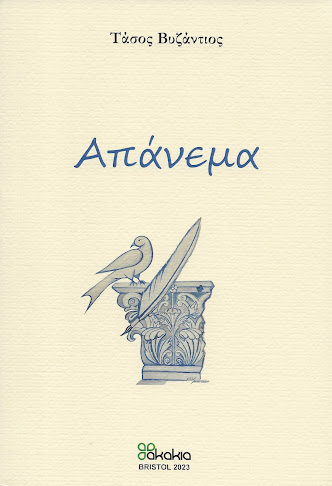skip to main |
skip to sidebar
Lost Temple of Poseidon
The Temple of
Poseidon was once lost but scientists have discovered the structure dedicated
to the Ancient Greek God of water.
In 2022,
archaeologists from the Austrian Archaeological Institute and the Greek
Ministry of Culture were able to identify the ancient structure in Elis, Greece
which they believe to be the lost Temple of Poseidon of Samikon, described by
the ancient Greek geographer Strabo.
And it's even
bigger than expected as the temple is approximately 28 meters in length and
nearly 9.5 meters wide.
Layout-wise,
it's pretty unique as the structure contains two main rooms, a vestibule, as
well as what is thought to be a rear hall.
“We are looking
at an Archaic temple consisting of two main rooms… the ground plan of the
temple is unusual. So far, we know of no comparable buildings," said
Birgitta Eder, head of the Athens branch of the Austrian Archaeological
Institute.
This is
considered to be one of the most significant recent finds when it comes to
ancient Greek sanctuaries.
So, what were
the two main rooms of the temple used for?
One theory is
that the temple was a place of shared worship for two deities or perhaps a
central place to conduct meetings for local cities which were in alliance with
one another in regard to religion and culture - this was called the Triphylian
League.
Further
information has been learned about the temple, thanks to extra excavations this
year.
“In the second
half of the 4th or first half of the 3rd century BCE, the Archaic temple from
the 6th century BCE was remodelled. In the process, the old roof tiles were
evenly applied as a subfloor for the new floor. They served as insulation
against groundwater and to stabilize the floor. Something that still works
today," said Erofili-Iris Kolia, director of the Ephorate of Antiquities
of Elis.
While Eder noted
how the sanctuary “played a central importance in the region” for centuries as
a communication and religious hub for Triphylian cities.
How were
archaeologists able to estimate when this remodelling took place?
Additional
adjustments to the temple could be dated back to Archaic and early Hellenistic
periods due to experts finding pottery on-site which helped to confirm the time
period.
Are there any
artefacts which provide more information about the ruins?
A bronze plaque
with an inscription was discovered, it was too fragile to recover by itself so
the team had to also take with it the surrounding earth.
“Initial X-ray
images show parts of an extensive inscription,” Eder explained, and once the
details of the inscription are restored it could give us more insight into how
the temple was used as well as its history.
What do we know
about the temple's location?
Back in the day,
ancient historian Strabo described how the Temple of Poseidon was located
within a "grove of wild olive trees," and experts found this matched
up with where they found the ancient ruins.
It is thought
the location wasn't purely for religious reasons, but given how close it is to
the coast, near the ancient fortress of Samikon, historians reckon it was also
a strategic position too.
In particular,
the team discovered remains of a double-walled structure north of the temple
were found in the early 20th century by Wilhelm Dörpfeld which may have been
used as a flood barrier to protect the temple from flood lagoons close by.
Are future
excavations of the sanctuary planned?
Short answer -
yes. The team which consists of Austrian, German, and Greek experts are seeking
to uncover further details of the structure such as altars, treasure houses, or
pathways to get further insight into the ancient ruins.
SOURCE:
Microsoft Start News










































No comments:
Post a Comment